Ted Talks Expedition Cruising
By Heidi Sarna & Ted Scull
QuirkyCruise’s Heidi Sarna puts partner Ted Scull on the hot seat for a “Ted Talks Expedition Cruising” Q&A, with Ted sharing memories of his first expedition-style cruise, to Central America.
Q: Look back and tell us what prompted you to first consider an expedition cruise?
Ted: I longed to go to some remote parts of the world that otherwise seemed too difficult or potentially dangerous to independently travel to by land.
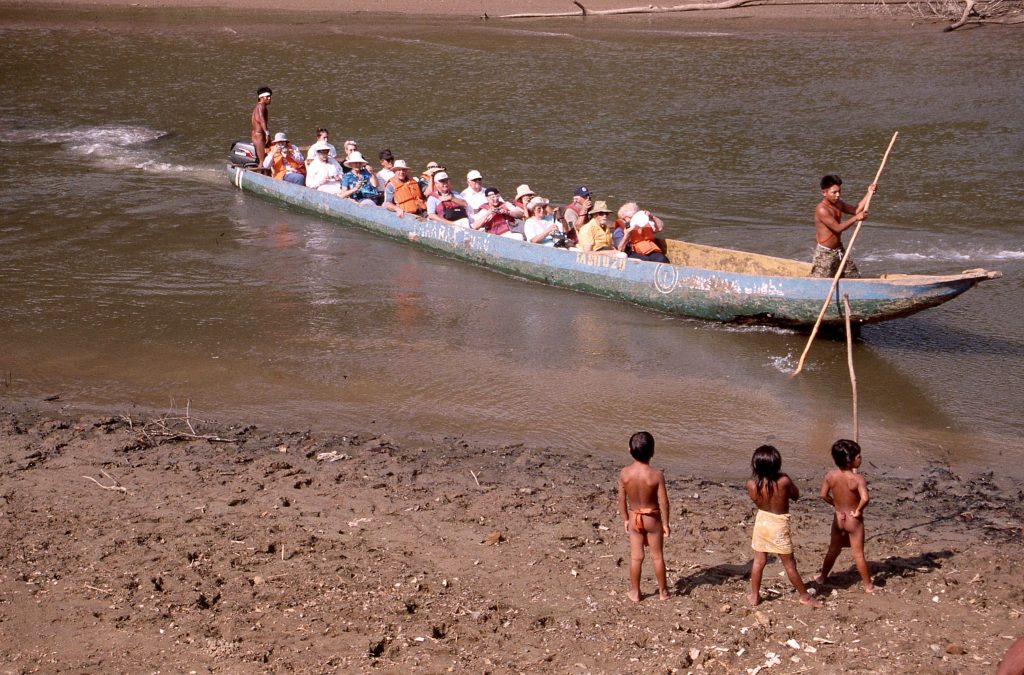
Coming ashore on the Chagres River, Panama. * Photo: Ted Scull
Q: What was your first expedition-style cruise?
Ted: I chose Central America — including Belize, Honduras, Nicaragua, Costa Rica and Panama — for an expedition-style voyage of two weeks, operated by Lindblad.
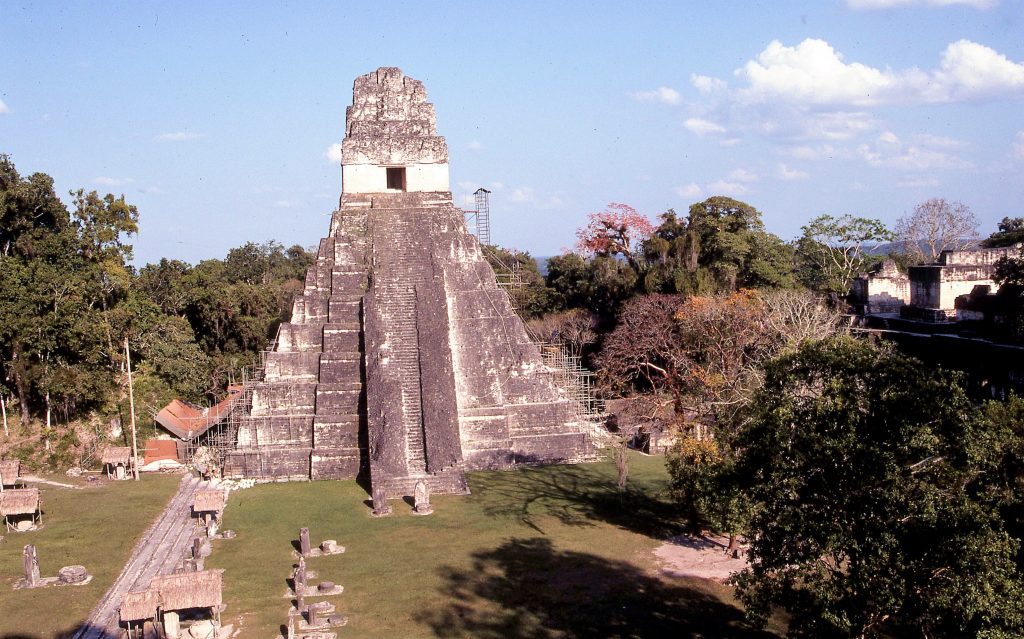
Tikal, a Mayan pyramid in Belize. * Photo: Ted Scull
Q: Why did you pick that destination?
Ted: I had not been to any of these places expect for a passage through the Panama Canal, and these countries were noted for the variety of wildlife you might see on land, in the air and on and under the sea, and a chance to see close up how remote people lived.
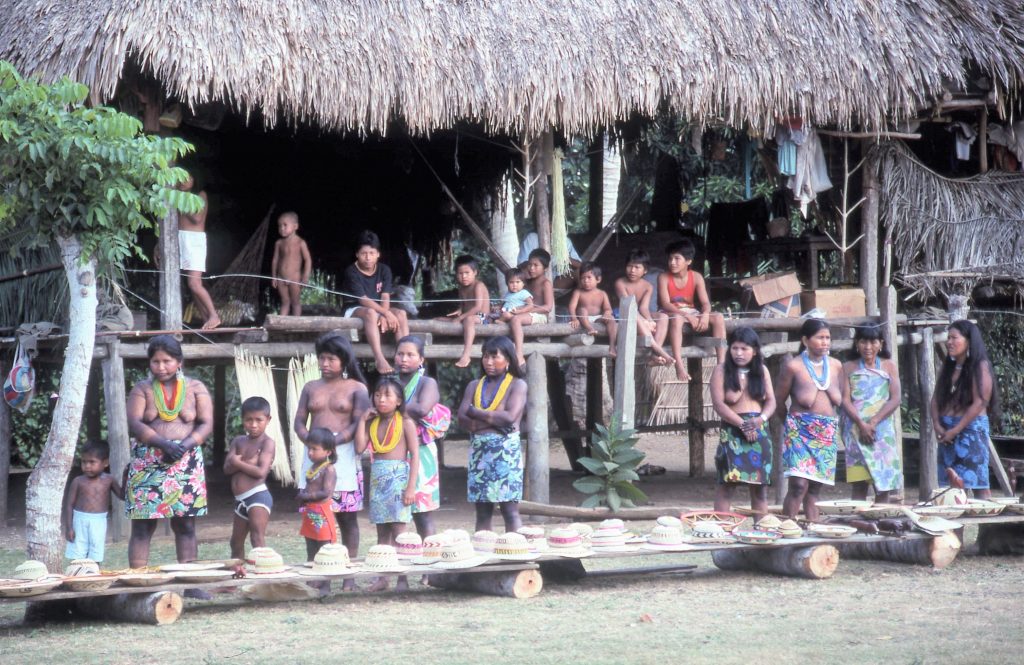
Visiting a village in the remote Darien jungle, Panama. * Photo: Ted Scull
Q: What time of year was it? Was it peak season for the destination?
Ted: It was March, and yes one of the peak periods. But with much of the destination being so remote, it would not be crowded with other adventurers.
As it turned out, we never encountered another group.
Q: Did you take different clothes from other ship trips you had taken?
Ted: Yes, fewer and simpler clothes as it would be warm and no need for layers. Expedition trips tend to casual affairs clothing-wise.
Q: Before you left home, what expectations did you have?
Ted: Since I often traveled independently, I hoped the others would be compatible, flexible, interested in seeing as much as possible, and non-complainers.
Q: What was your first impression when you met the other passengers?
Ted: They were an older lot who seemed relaxed with no preconceived ideas and desirous of having a bit of an adventure. Just my cup of tea!
Q: When you first saw the ship what did you think?
Ted: It looked kind of dumpy and obviously was not new, yet trim and well looked after. (The ship, then named Polaris, had started life as a day ferry in 1960 sailing between Copenhagen, Denmark and Malmo, Sweden and then converted to a small cruise ship.)
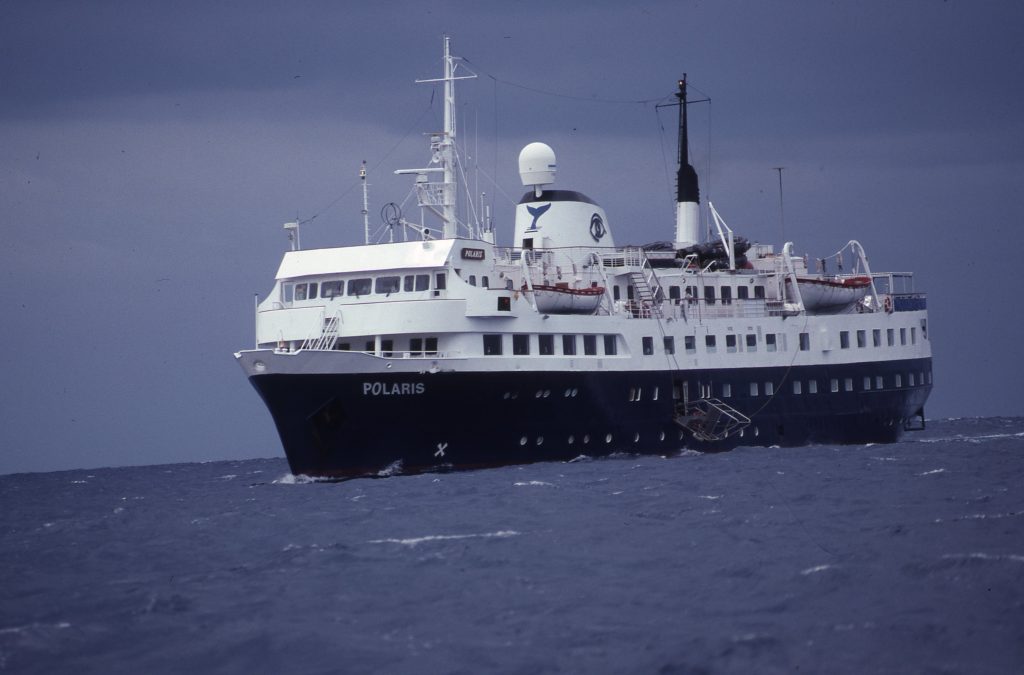
The Polaris, originally built as a Scandinavian day ferry, then refitted as a small 80-passenger expedition ship. * Photo: Ted Scull
Q: Did you explore the ship straightaway?
Ted: I sure did. The main lounge and dining room looked comfy and inviting with large picture windows, and deck space was generous for viewing the surroundings.
You would never get lost on this ship.
Q: What happened at the first gathering?
Ted: We met in the main lounge and were introduced to the large expedition staff that numbered 10, each one with an expertise in such areas as marine biology, ornithology, geography, or history and some with long careers exploring remote areas. Then we learned about the program for the next day and had a rundown of all the safety features.
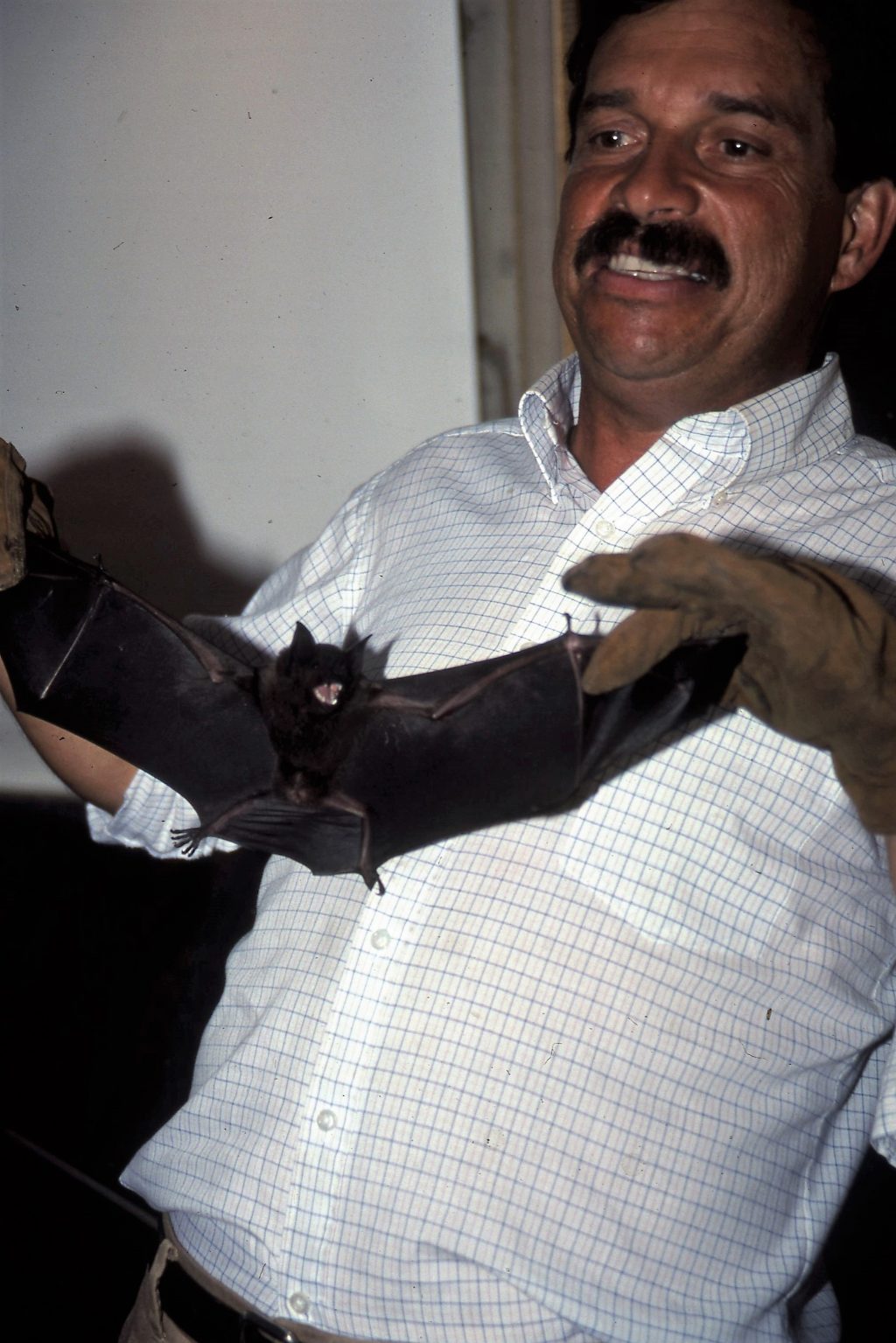
William Lopez Forment aka “Batman” shows off his charge at a cocktail hour briefing. * Photo: Ted Scull
Q: What was the buzz at dinner?
Ted: There was a lot of discussion about past travels and how this already seemed to be completely different in so many ways, not the least being how tiny the ship was and the delight of being a small group of 80 passengers instead of 800 or more.
Q: On the first day, what made you realize that you were on something different from an ordinary destination cruise?
Ted: Well, we started out being summoned to the mudroom to get geared up with snorkeling equipment, being fitted for boots and stashing the belongings we did not need for this particular morning. We then climbed into rubber boats with an outboard motor and a naturalist at the helm. Referred to as Zodiacs, they were then new to me.
We sputtered off to explore nature’s aquarium to then encounter queen angelfish, blue tang, stoplight parrotfish, doctor fish, trumpet fish, yellowtail damselfish, Spanish grunt and dozens more exotic sea creatures. On this cruise, there would be no line of motor coaches waiting on the pier.
Q: How did you occupy yourself before dinner?
Ted: Nearly everyone headed to the lounge to have a drink and attend what was known as a briefing, where the guides highlighted some of the day’s events, what we had experienced, and then outlined the next day’s outing about what would be seen. We started a list of birds seen and added to it every day. On one night, some of the staff collected a container full of land crabs, numbered them for betting purposes, and released them in the center of a wide circle. We cheered them on hoping ours would cross the outer limit first. The crabs were then released the next day into their original habitat.
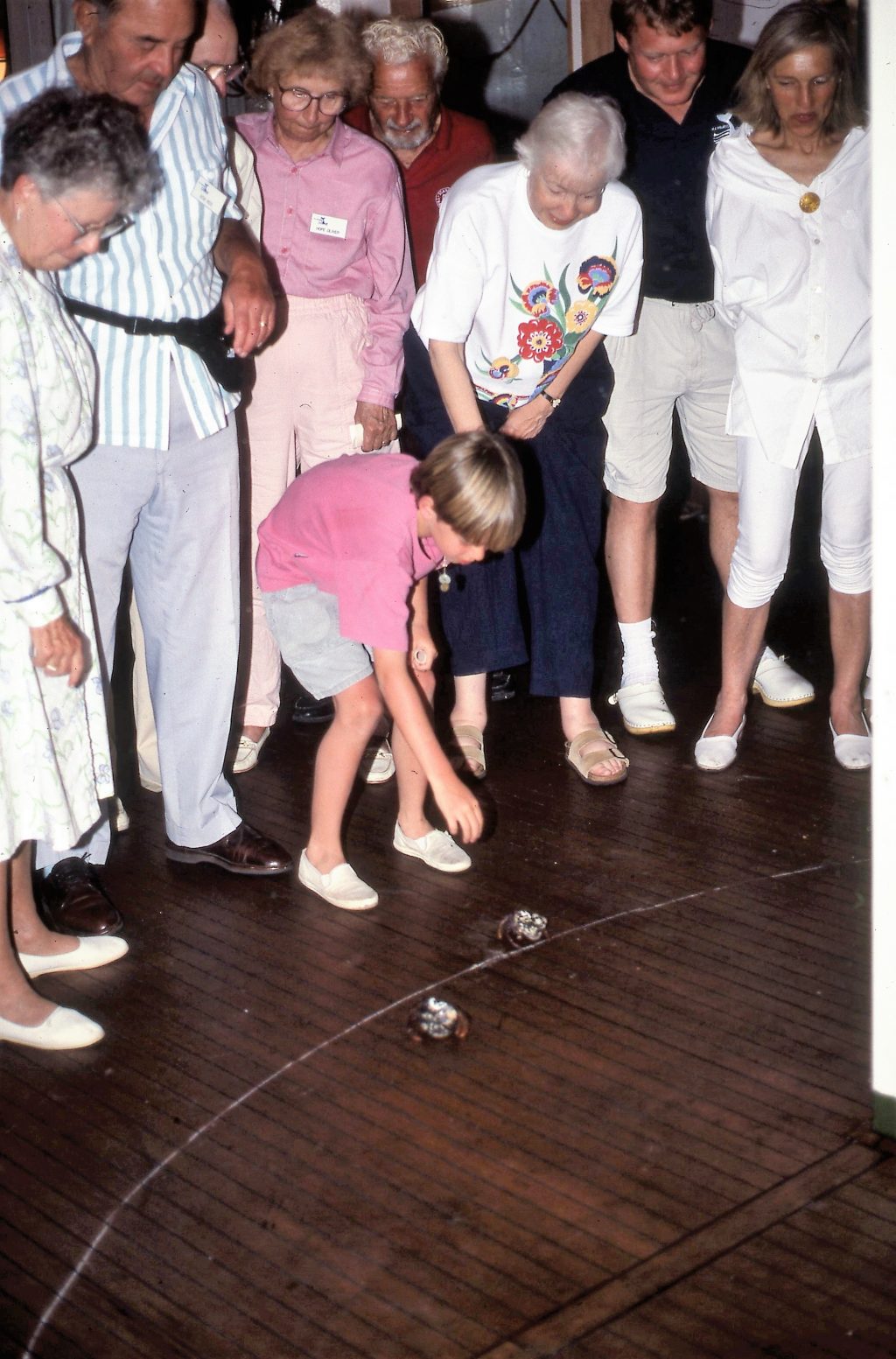
The crab scoots over the finish line to be declared winner. * Photo: Ted Scull
Q: On the forays ashore, what were some of the highlights?
Ted: Exploring a national park that the Peace Corps was helping establish in northern Honduras, and hearing howler monkeys erupt in warning and then looking down at us as we passed through their territory. There were even iguanas lounging in the trees. On another walk along coastal Nicaragua, we encountered eyelash vipers, army ants, beetles and spiders at home in their webs. A green vine snake dropped out of a tree nearby to where we were having lunch. It was all pretty adventurous with one surprise after another.
At the end of two weeks, the number of bird species we spotted topped out at 189!
Q: Do you find any of this scary business?
Ted: Yes, when walking through the rain forest. I made sure I was not one of the first in line to surprise some sleeping horror or the one who brought up the rear and got picked off and carried away.
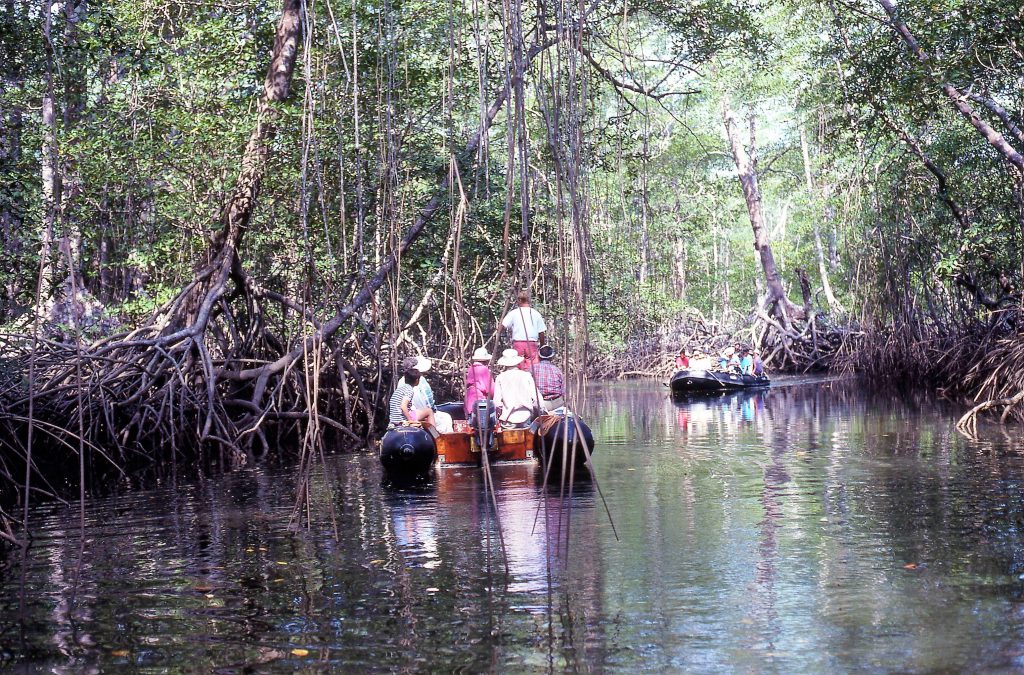
I definitely preferred traveling through the rain forest by Zodiac rather than walking. * Photo: Ted Scull
Q: Were there disappointments or aspects that could have been done better?
Ted: No, none that I can think of. One did have to get used to the ship moving about as it was rather flat-bottomed.
Q: How do you think the other passengers felt about the voyage?
Ted: Those who were fit enough to traipse through the rain forest, go snorkeling and enjoy having a good look at what was underwater, had a ball. The guides and their varied personalities and interests added a positive personal element to the voyage. Some had great stories to share.

Snokeling was a favorite activity, and the variety of fish seen amazing. * Photo: Ted Scull
Q: Did this trip inspire you to look for more expedition destinations?
Ted: It sure did and in the next 10 years, I joined expeditions to the Canadian Arctic, Antarctica and the Spice Islands of Indonesia.
Q: When you look back to this first trip, how did it compare to some of your most recent voyages?
Ted: There is far more technology available now like underwater cameras, high-tech photography, instant replays of what we had done that day and the like, but being the first, I look back at the novelty of negotiating narrow waters and rain forest paths to get close to the wildlife, walking along completely deserted beaches and landing on tiny deserted islands to see what we might find.
Some of the newer expeditions have fancy accommodations, extensive spas and gourmet food, but I don’t need that. For me, it takes the focus off the adventure aspects that might include some discomfort and coping with the unexpected. All part of the adventure.
Don’t miss a post about small-ship cruising, subscribe to QuirkyCruise.com for monthly updates & special offers!
© This article is protected by copyright, no part may be reproduced by any process without written permission from the author. All Rights Reserved. QuirkyCruise.com.

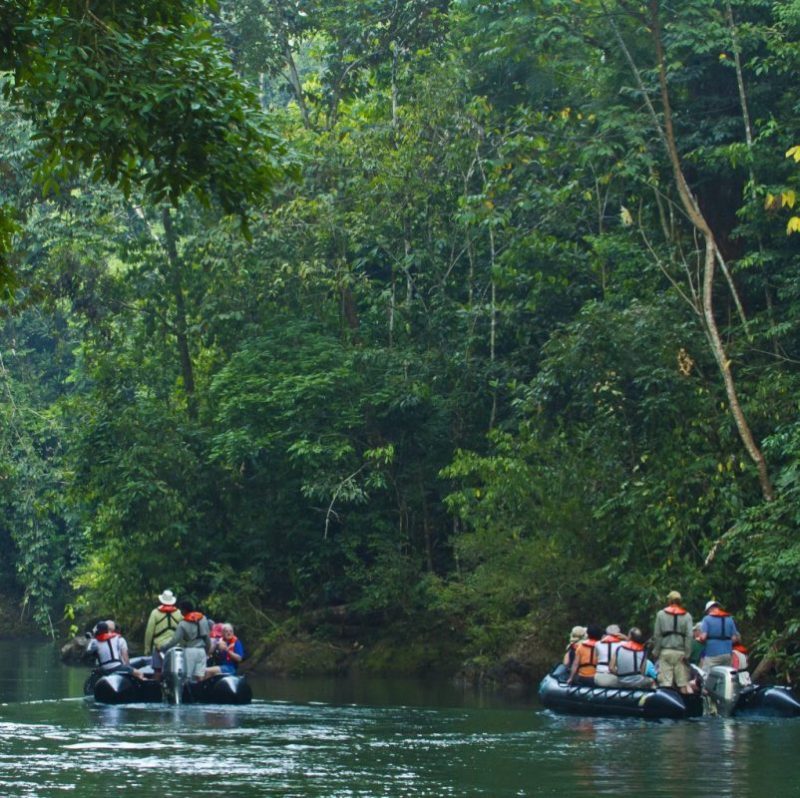

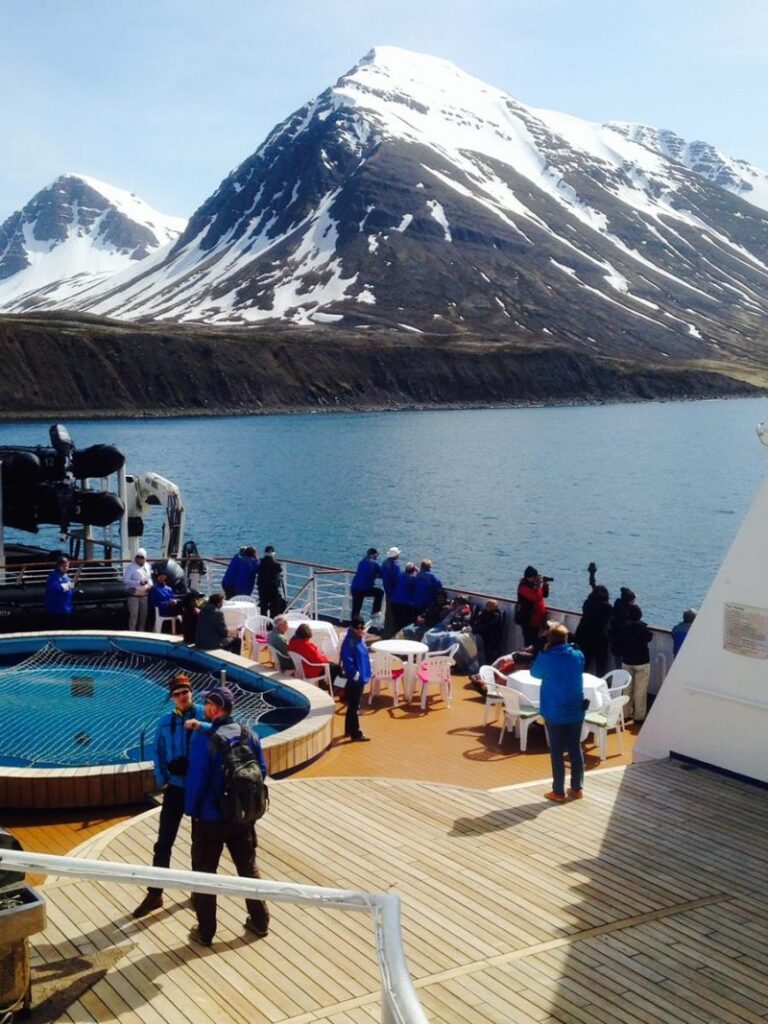
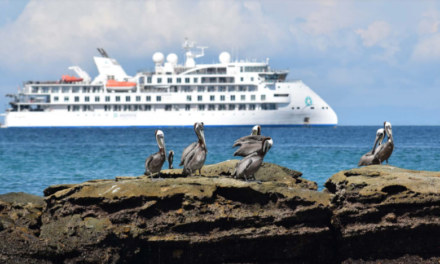
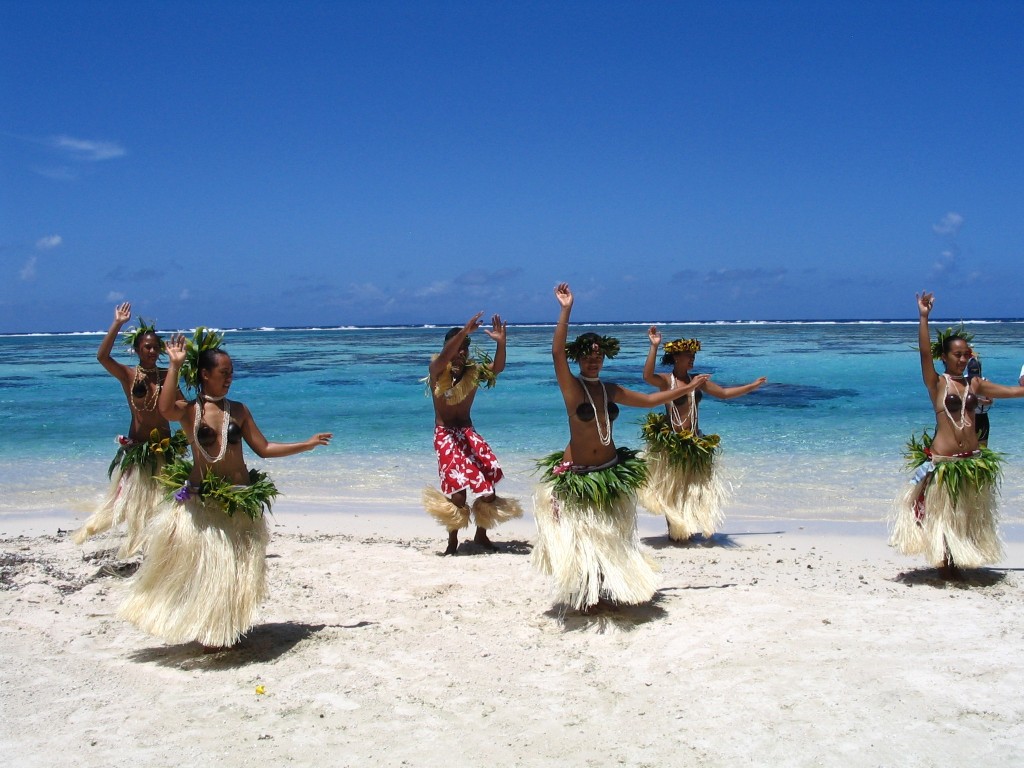








 HEIDI SARNA
HEIDI SARNA












Ted….your Batman is still leading trips!
William Lopez- Lopez-Forment:
William Lopez Forment studied biology at the National University of Mexico, obtained his master’s degree in ecology and evolutionary theory at Cornell University, and finished his doctoral studies at the National University of Mexico. He has worked on the biological control of vampire bats with the Mexican government at a research center established in Mexico City to pursue the ecological study of vampire bats while attempting to manage their habitats. In 1976, he was invited by the FAO of the U.N. to represent the Gray Whale and Mexico, in Bergen, Norway, at the international meeting, Mammals in the Seas. William currently studies wild mammals in Mexico at the Institute of Biology at the National University of Mexico.
That is wonderful news. he was so ENTHUSIASTIC about his work and sharing his knowledge. He was then and i would imagine now a great favorite to travel with. Keep it up batman. I remember you well.
ted